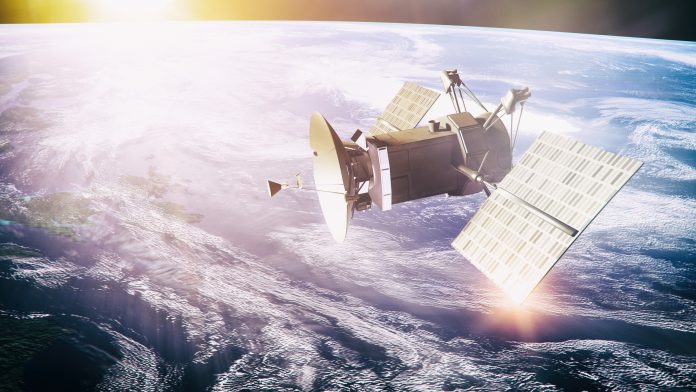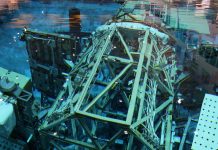NASA Deep Space Network (DSN) faces a critical juncture as mounting demand from Artemis missions and other space endeavors taxes its capabilities while budget constraints exacerbate the strain
Artemis 1’s demands underscore the challenges posed by the Deep Space Network. Suzanne Dodd, NASA’s Jet Propulsion Laboratory’s director of interplanetary network directorate, highlights Artemis’ significant impact on science missions.
This is a massive barrier in the world of space exploration and the capabilities revolving it.
A breakdown of the NASA Deep Space Network
During the Artemis 1 mission, the Orion spacecraft utilised 903 DSN time, with additional hours allocated for CubeSat launches. This caused a loss of 1,585 hours for science missions like the James Webb Space Telescope, prompting concerns.
Artemis mission scheduling complications arise due to date shifts, exemplified by Artemis 1’s delays. Balancing network usage during launches requires careful planning or necessitates temporary suspensions.
Growing demand and shrinking budgets for DSN
The DSN faces mounting demand from future Artemis missions and other projects. Its annual budget has dwindled from $250 million in 2010 to $200 million, posing significant challenges for its operation.
Efforts to alleviate DSN strain include upgrading antennas, deploying new lunar exploration-focused antennas (LEGS), expanding lunar communication services, forming international partnerships, and enhancing navigation relay services.
NASA acknowledges the urgency of demand
The critical crossroads faced by the NASA Deep Space Network is akin to a pivotal moment in space exploration history.
As the demand for its services continues to escalate with each Artemis mission and other ambitious projects, the DSN must navigate the tumultuous waters of budgetary constraints while upholding its vital role.
Much like the celestial bodies it communicates with, the DSN itself is in motion, adapting to the changing landscape of space exploration.
The challenges presented by the shrinking budgets of DSN are serious
The challenges presented by shrinking budgets cannot be ignored, yet they underscore the necessity of prudent resource allocation to maintain and enhance this invaluable network.
The DSN, with its legacy of facilitating groundbreaking discoveries and enabling unprecedented communication with distant spacecraft, stands as a testament to human ingenuity.
By acknowledging the hurdles ahead and channeling collective efforts toward its revitalisation, the NASA Deep Space Network can transcend the constraints of the present and lay the groundwork for an even more robust future.
Editor's Recommended Articles
-
Must Read >> The possibilities of sustainable space exploration
-
Must Read >> Sustainable exploration in space benefits humanity














